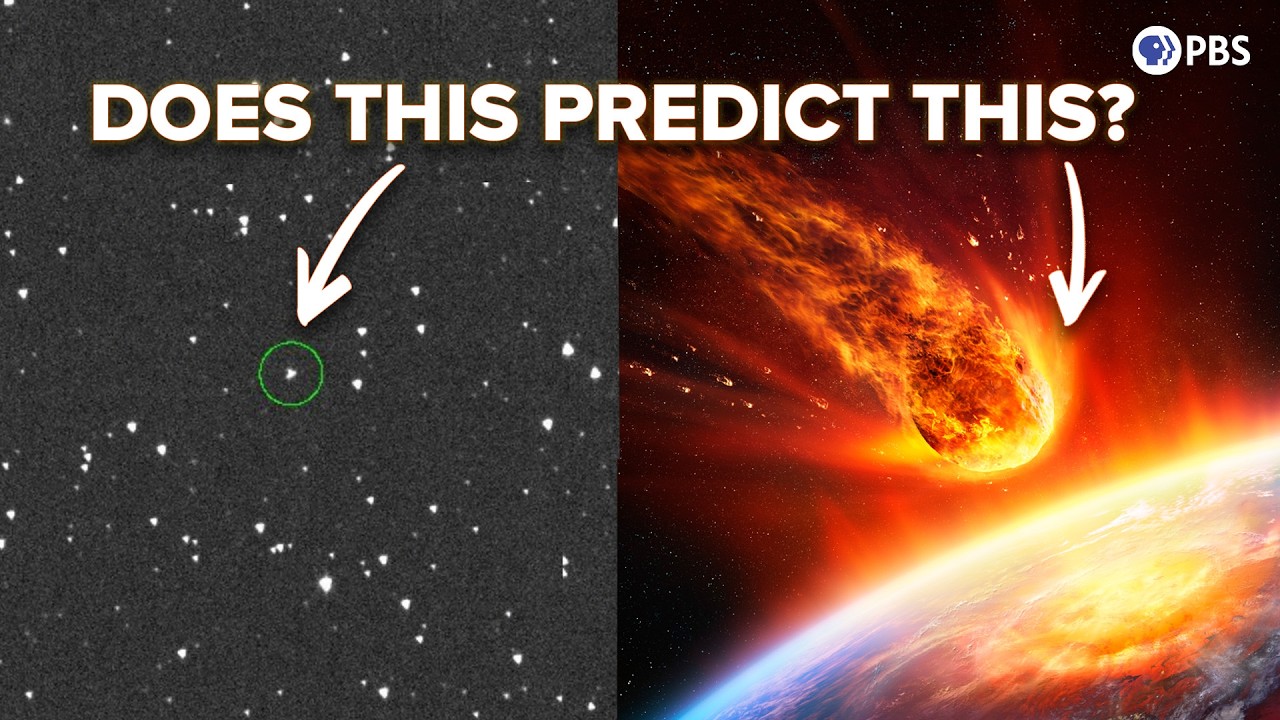The video explores how scientists quantify the risk of asteroid impacts on Earth, detailing methods for calculating their trajectories and the challenges posed by gravitational influences and uncertainties. It highlights the importance of early detection and intervention, showcasing NASA’s DART mission and ongoing efforts to monitor potentially hazardous asteroids like Apophis.
The video discusses the potential threat of asteroids colliding with Earth and how scientists quantify the risk of such impacts. It emphasizes that while we can deflect asteroids if we detect them early enough, the chaotic nature of the solar system makes it challenging to predict their trajectories accurately. The episode begins with an update on the show’s engagement metrics, highlighting the community’s support in boosting the algorithm’s visibility.
The video introduces asteroid 2024 YR4, which was initially assessed to have a 3.1% chance of impacting Earth on December 22, 2032. However, further observations have since reduced this probability to nearly zero. The focus shifts to the methods astronomers use to determine the orbits of newly discovered asteroids, starting from basic observations and moving towards complex calculations that account for gravitational influences from other celestial bodies.
Astronomers utilize historical methods developed by figures like Laplace and Gauss to calculate the orbital parameters of asteroids. By analyzing the asteroid’s position over time, they can determine its trajectory around the Sun. The video explains how the gravitational interactions with planets and the Yarkovsky effect complicate these predictions, necessitating simulations that account for various uncertainties in the asteroid’s path.
To assess the risk of an asteroid impact, scientists run Monte Carlo simulations to explore a range of possible trajectories. They identify “gravitational keyholes,” which are specific regions in space that, if an asteroid passes through, significantly increase the likelihood of an impact. The video highlights NASA’s DART mission, which successfully demonstrated the ability to deflect an asteroid, emphasizing the importance of early detection and intervention.
Finally, the video discusses the ongoing monitoring of asteroids like Apophis, which poses a more significant threat due to its size. While early observations suggested a potential impact in 2029, further data has reduced the risk for the next century. The video concludes by noting that new surveys and missions are being developed to identify and track near-Earth objects, ensuring that scientists can effectively calculate their trajectories and mitigate potential threats in the future.
